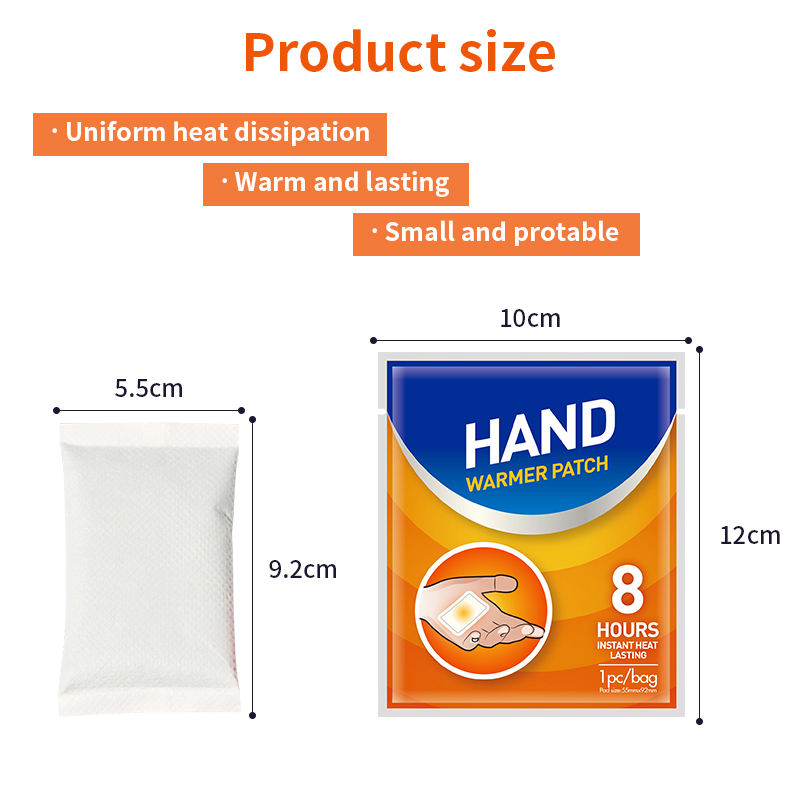Hand warmer patches have become a staple for individuals seeking portable warmth in cold environments. But what exactly makes these tiny packets so effective at generating heat? In this article, we’ll explore the science behind hand warmer patches, delving into the chemical reactions that power them and the factors that influence their performance.
The Chemistry of Hand Warmer Patches
The key to understanding hand warmer patches lies in the exothermic chemical reactions they employ to generate heat. Most hand warmer patches contain a mixture of iron powder, salt, activated charcoal, vermiculite, and water encapsulated within a permeable membrane. When the patch is exposed to oxygen, typically by removing the outer packaging, the ingredients undergo oxidation reactions, releasing energy in the form of heat.
The Role of Iron Powder
Iron powder serves as the primary heat-generating agent in hand warmer patches. When exposed to air, iron undergoes oxidation, a process in which it reacts with oxygen to form iron oxide (rust). This oxidation reaction is highly exothermic, meaning it releases a significant amount of heat. The presence of salt in the patch serves to catalyze this reaction, accelerating the rate at which iron oxidizes and heat is produced.

Activated Charcoal and Vermiculite
Activated charcoal and vermiculite are often included in hand warmer patches to enhance their heat-retention properties. These materials have high surface areas and can absorb moisture, helping to regulate the release of heat and prolonging the duration of warmth provided by the patch.
Water as a Catalyst
Water plays a crucial role in the chemical reactions occurring within hand warmer patches. It serves as a medium for facilitating the oxidation of iron and the subsequent release of heat. Additionally, water vapor helps maintain the permeability of the membrane surrounding the patch, allowing oxygen to enter and sustain the reaction.
Factors Affecting Performance
Several factors can influence the performance of hand warmer patches, including ambient temperature, humidity levels, and the integrity of the packaging. Cold temperatures may slow down the chemical reactions within the patch, reducing the rate of heat production. Similarly, high humidity can affect the permeability of the membrane, hindering the ingress of oxygen and impeding the reaction.
Conclusion
Hand warmer patches harness the power of exothermic chemical reactions to provide portable warmth in cold environments. By understanding the underlying chemistry and factors influencing their performance, we gain insight into how these patches keep us warm when we need it most. Whether you’re hitting the slopes or braving the winter chill on your daily commute, hand warmer patches offer a reliable and effective solution for staying comfortable in the cold.






